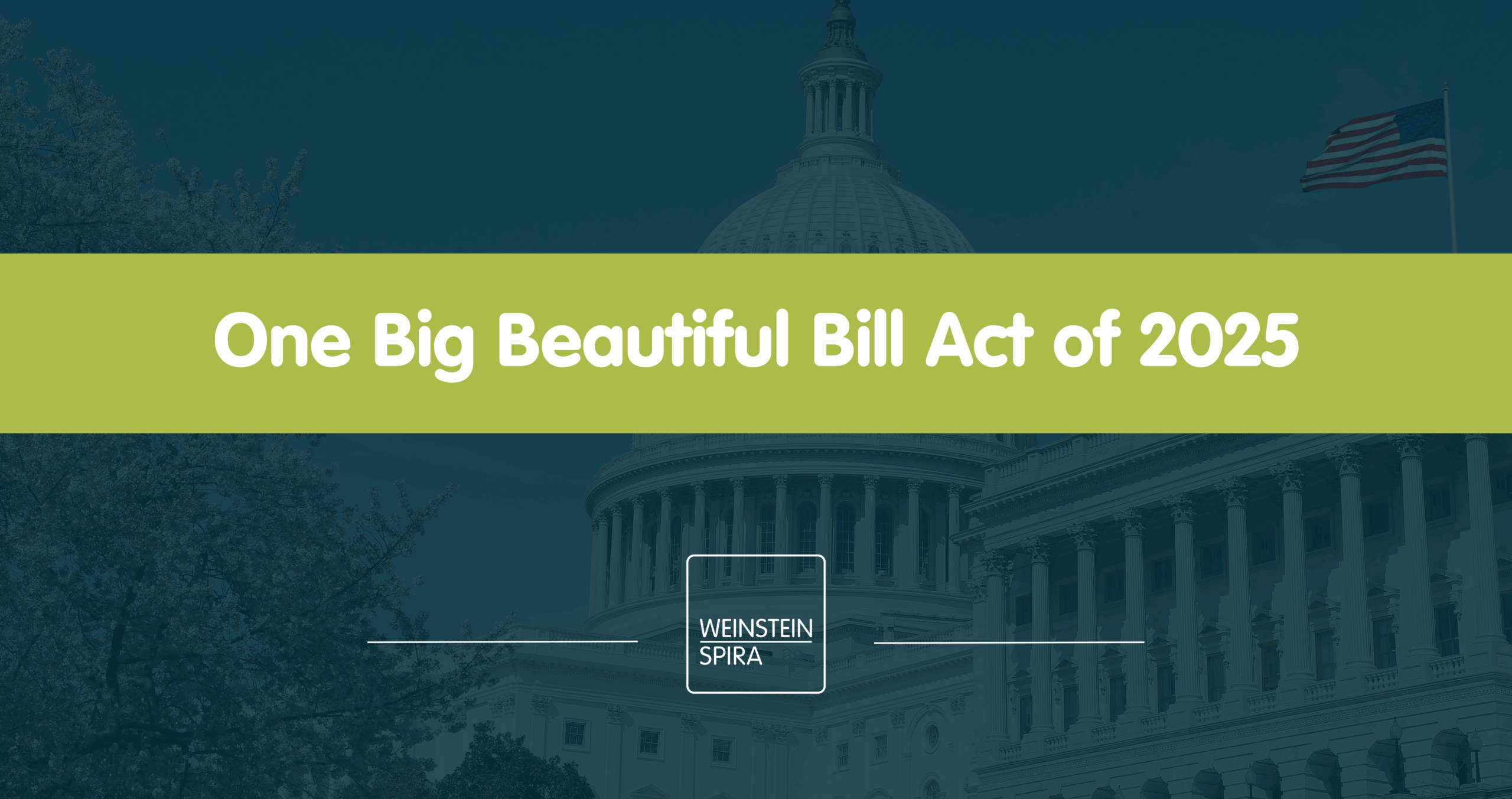Today, higher education comes with a large price tag, but it also comes with great rewards. The addition of a college degree to your resume can provide higher earning potential, access to more jobs and more networking and learning opportunities overall. Even with its added benefits, the cost of higher education can prove to be a financial burden for many aspiring students. However, there are tax credits and saving plan options that can lighten the load.
I completed my BBA in Accounting in 2021 and my MS in Accounting in 2022 from Lamar University. As a recent graduate, I understand the financial burden of college expenses. In this blog, we will explore two higher education tax credits and their eligibility requirements: The American Opportunity Tax Credit and the Lifetime Learning Tax Credit. Additionally, we will explore two education savings plans and their tax benefits: The Coverdell Education Savings Account and the Section 529 Qualified Tuition Program
What is the American Opportunity Tax Credit?
The American Opportunity Tax Credit (AOTC) is a tax credit that is available as an offset against federal income taxes for qualifying expenses in a student’s first four years of college. To qualify for the AOTC, the student must be enrolled at least half-time for at least one academic period during the tax year.
The maximum credit is $2,500 per year and is calculated as follows:
100% of the first $2,000 of qualified expenses, plus
25% of the next $2,000 of qualified expenses
The qualifying expenses include tuition, fees, course materials and textbooks at an eligible educational institution. These expenses must be incurred on behalf of the taxpayer, the taxpayer’s spouse, or the taxpayer’s dependents. Any expenses paid by a dependent are deemed to have been made by the parent.
Forty percent of the credit is considered a partially refundable credit, meaning it can create a refund of up to $1,000 ($2,500 x 40%). The credit is subject to a phase-out beginning when modified adjusted gross income (MAGI) exceeds $80,000 for single taxpayers ($160,000 for married), with full phase-out at $90,000 for single taxpayers ($180,000 for married).
What is the Lifetime Learning Credit?
The Lifetime Learning Credit (LLC) is a tax credit that is available as an offset against federal income taxes for qualifying expenses for an unlimited number of years. The qualifying expenses include tuition and course fees for undergraduate courses, graduate-level courses, certain professional degree courses and courses to acquire or to improve job skills. Similarly, to the AOTC, any expenses paid by a dependent are deemed to have been made by the parent.
The maximum credit per year is $2,000 and is calculated as follows:
20% of up to $10,000 of qualified expenses
The credit is nonrefundable, so it can only reduce a taxpayer’s tax liability. It is also subject to the same phase-out limitations as the AOTC.
The taxpayer does not have to choose one type of credit on their income tax return for the year. For example, a parent may claim an AOTC for the expenses of one child and an LLC for the expenses of another child in the same taxable year. However, more than one credit cannot be claimed for the same student in the same year.
What is a Coverdell Education Savings Account?
A Coverdell Education Savings Account is a separate education savings account that is set up for a designated beneficiary to pay for qualifying education expenses. The designated beneficiary can be any child under the age of 18 and a taxpayer is not limited to how many accounts they open, if they only set up one account per beneficiary.
Contributions to the account are nondeductible, but their earnings accumulate tax-free. The maximum contribution per beneficiary is $2,000 annually. The maximum allowable contribution amount is subject to a phase-out beginning when modified adjusted gross income (MAGI) is between $95,000-$110,000 for single taxpayers and $190,000-$220,000 for married taxpayers.
Distributions are tax-free to the extent that they are used for qualified elementary, secondary, or higher education expenses of the designated beneficiary. Qualified expenses include tuition, fees, tutoring, books, room and board, and equipment. If all earnings from the account have not been distributed to the designated beneficiary by the age of 30, any remaining amounts can either be distributed directly to the beneficiary, making the funds taxable and subject to a 10% penalty, or the balance can be rolled over tax free to another family member with no penalty.
A taxpayer can claim the AOTC or LLC in a tax year while excluding from gross income amounts distributed from a Coverdell Education Savings Account. However, the distribution from the Coverdell account cannot be used for qualified education expenses claimed by the AOTC or the LLC.
What is a Section 529 Qualified Tuition Program?
A Section 529 Qualified Tuition Program (QTP) is a program where a person may purchase tuition credits or make cash contributions to an account on behalf of a beneficiary for payment of qualified higher education expenses. Qualified higher education expenses include tuition, fees, books, supplies, equipment and reasonable cost of room and board for students enrolled at least half-time during the academic period
The program must be established and maintained by a state, state agency, or by an eligible educational institution including any accredited postsecondary educational institution as long as any contributions are held in a qualified trust.
According to the IRS, “no tax is due on a distribution for a QTP unless the amount distributed is greater than the beneficiary’s adjusted qualified education expenses”. There are no phase-out limitations for this program.
As with the Coverdell Education Saving Account, you can claim the AOTC or LLC in the same tax year as taking distributions from a QTP, but the expenses covered by the distribution will not be eligible as qualifying expenses for either credit.
If you have amounts remaining in your QTP, you have several options to keep the earnings tax-free and avoid a 10% withdrawal penalty. You can either transfer the amount in an account to a qualified family member, keep the account to save for a future child or grandchild or take distributions to cover student loan payments. Additionally, if you earned a scholarship, you can take penalty-free scholarship withdrawals. For scholarships received, you will still have to pay tax on the earnings, but there will be no withdrawal penalty. And lastly, starting January 1, 2024, you can roll up to $35,000 of the funds into a Roth IRA for the beneficiary.
Conclusion
Taking advantage of these tax credits and education savings accounts can make the cost of education expenses a bit more manageable. By investing in your education, you can propel your career forward and see the return of your investment. After starting my first post-graduate job, I have seen the value of higher education firsthand, and I now get to use mine to help others plan for their futures.



